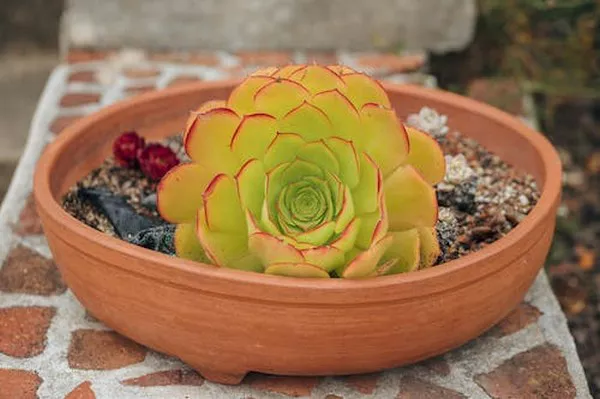Succulents have garnered immense popularity among plant enthusiasts for their vibrant colors and unique forms. However, these beloved plants are not immune to the threat of pests, and mealybugs are among the most common nuisances. This comprehensive guide aims to explore the appearance and characteristics of mealybugs on succulents. By understanding their physical attributes and their impact on plant health, we can effectively identify and combat these pesky insects. Whether you’re a beginner succulent lover or a seasoned gardener, having a clear understanding of what mealybugs look like and how to address them is essential for maintaining the health and beauty of your succulent collection.
Understanding Mealybugs
To combat mealybugs on succulents effectively, it is crucial to gain a solid understanding of these pests. Mealybugs belong to the family Pseudococcidae and are small, soft-bodied insects that feed on plant sap. They are characterized by their oval-shaped bodies, which are covered in a white or grayish, cottony wax-like substance. Mealybugs vary in size, with adult females typically measuring around 3 to 5 millimeters in length. Understanding their life cycle, feeding habits, and preferred habitats is crucial in developing effective control strategies.
Identifying Mealybugs on Succulents
Identifying mealybugs on succulents requires a keen eye and attention to detail. Mealybugs often congregate in colonies, seeking refuge in protected areas such as leaf axils, stem crevices, or on the undersides of leaves. Their cottony appearance, which serves as a protective covering and aids in moisture retention, makes them easily recognizable. In addition to their white or grayish hue, mealybugs may display variations such as a reddish or yellowish tint, depending on their feeding habits and the host plant. It is important to conduct thorough inspections of your succulents, paying attention to signs such as leaf discoloration, stunted growth, or the presence of honeydew—a sticky, transparent substance excreted by mealybugs.
The Impact of Mealybugs on Succulents
Mealybugs pose a significant threat to the health and vitality of succulents. As sap-sucking insects, they deplete the plant’s resources, leading to weakened growth, yellowing leaves, and overall decline. Furthermore, mealybugs can introduce harmful pathogens, causing secondary infections and exacerbating the damage. In severe infestations, mealybugs can cause plant deformities, wilting, and even death. Prompt identification and intervention are crucial in preventing the spread and long-term damage caused by these pests.
Prevention and Control Measures
Preventing and controlling mealybugs on succulents require a multifaceted approach. This section provides a comprehensive overview of preventive measures and effective control strategies. Cultural practices play a pivotal role, such as maintaining proper sanitation by regularly removing dead leaves and debris, providing adequate light and air circulation, and avoiding over-watering. These practices create an unfavorable environment for mealybugs to thrive. Natural remedies, including introducing beneficial insects like ladybugs or lacewings, using homemade sprays made from ingredients like neem oil or rubbing alcohol, or employing physical removal methods such as brushing or washing affected areas, can help control mealybug infestations. In more severe cases, chemical treatments may be necessary, but it is crucial to use them judiciously and follow the instructions provided by manufacturers. Regular monitoring of plants, particularly in vulnerable areas, is essential for early detection and intervention to prevent mealybug populations from spiraling out of control.
Conclusion
Mealybugs can be persistent pests for succulent enthusiasts, but with proper knowledge and proactive measures, they can be effectively managed. Recognizing the distinctive appearance of mealybugs on succulents, understanding their impact on plant health, and implementing preventive and control measures are crucial steps in maintaining the beauty and vigor of your succulent collection. By being vigilant and taking proactive measures, you can ensure that your succulents thrive, free from the threat of mealybug infestations. Remember to regularly inspect your plants, maintain proper cultural practices, explore natural remedies, and use chemical treatments responsibly when necessary. With this comprehensive guide, you are equipped to protect your succulents and enjoy their beauty for years to come.


